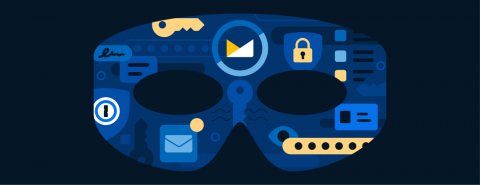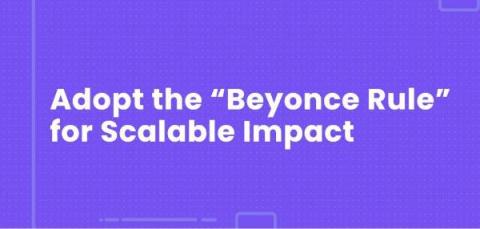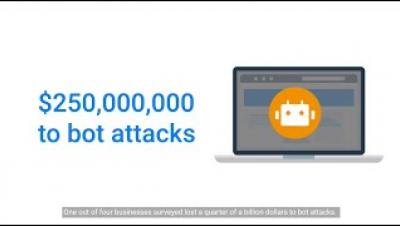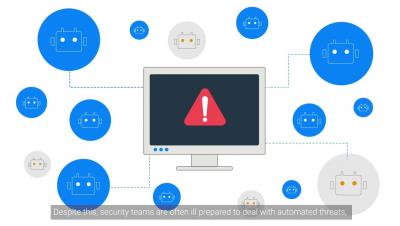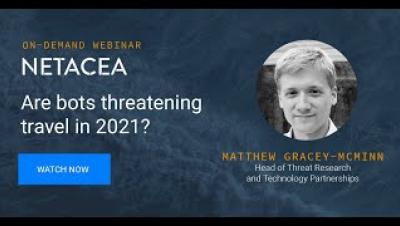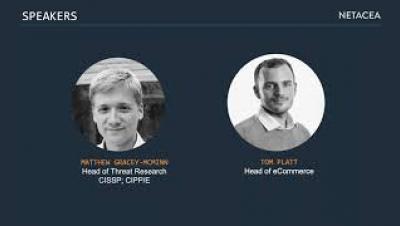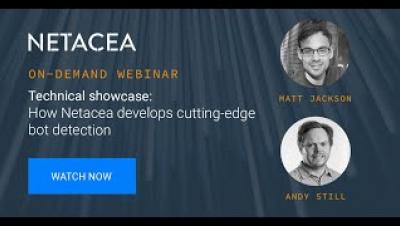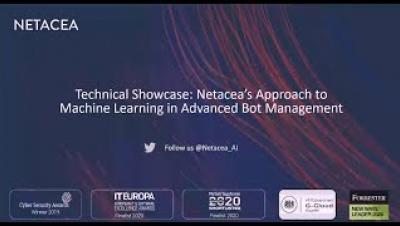Protect your privacy with 1Password and Fastmail
Last year, we made it easier to make secure payments online through direct integration with Privacy. Now, we’re doing the same for email. Announcing Masked Email – a 1Password and Fastmail integration. Create new, unique email addresses without ever leaving the sign-up page. Keep your real email address private from the apps or services that you sign up for – using a masked email address can protect you from breaches, and puts control of your inbox back in your hands.


